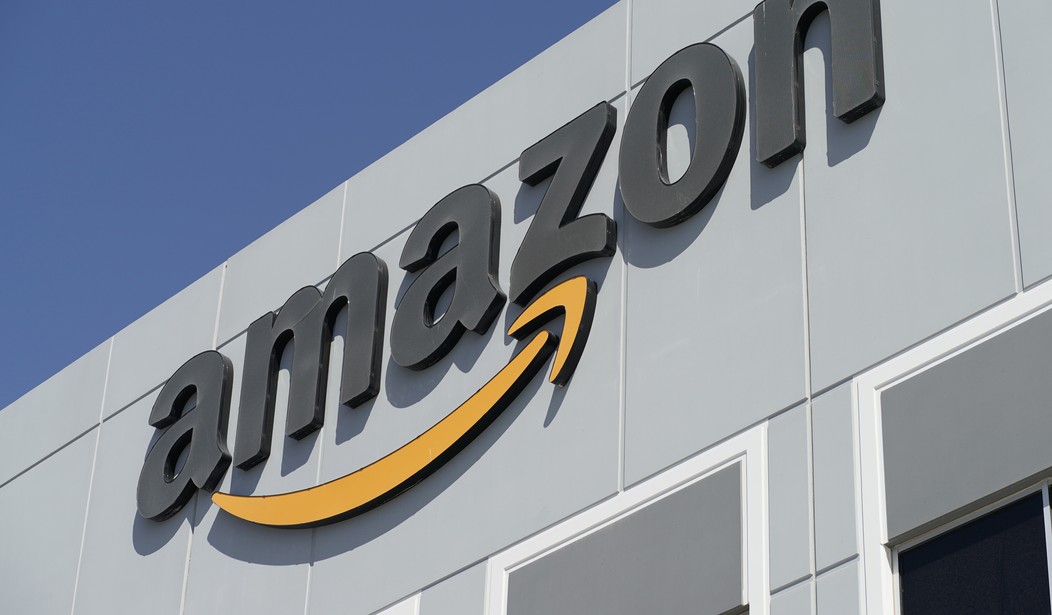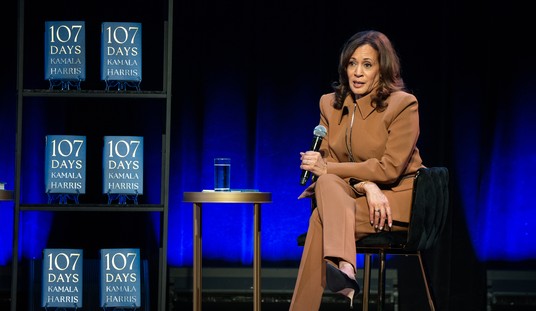Amazon is slapping a new five percent “fuel and inflation” surcharge on US sellers enrolled in its “Fulfilment by Amazon” service. Sellers who do not use the service will not be affected.
The move will crush many small businesses that sell on Amazon, already operating on razor-thin profit margins. Jeff Bezos founded the online giant in 1994 and currently serves as its executive chairman.
Amazon: "we are forced to add a 5% inflation surcharge and raise Prime prices"
Also Amazon: our profit tripled since pre-pandemic times, our founder is worth $190 billion (up $77B in the pandemic) and we just gave shareholders $10B in stock buybackshttps://t.co/iTPNT28RRj
— Dan Price (@DanPriceSeattle) April 15, 2022
Fulfillment by Amazon, or FBA, is a service whereby sellers send their inventory to Amazon warehouses across the country. Amazon accepts orders from customers, then picks, packs, and ships the items. Many shoppers never even realize they are buying from a third party; they just know they went to Amazon.com, placed an order, and received an Amazon-branded box soon thereafter.
Why would a seller switch to FBA? Sellers who switch from self-fulfillment to FBA see a 30-50 percent rise in sales. This is because FBA sellers get to be part of Amazon’s Prime program, where Prime Members can choose free two-day shipping. “Free,” meaning that they’ve ponied up for the $139 Prime membership fee.
- There are 9.5 million Amazon Sellers globally.
- 73% of Amazon Sellers use FBA.
- Amazon’s net income in 2021 was $33.4 billion, a 56.41% increase over the previous year.
Clearly, the pandemic was very, very good to Jeff Bezos and company. This new seller price hike won’t hurt him or Amazon, but it will be catastrophic for many small retailers. A five percent increase may not sound that high, but when you consider that many of these sellers have margins of less than five percent, you can see that a number will be wiped out. Keep in mind this five percent is on top of myriad other fees FBA sellers already face.
While @Etsy hiked its seller fee by 1.5% to 6.5%, there was an outrage. however I felt that the hike is justifiable compared to other platforms. But the 5% hike by @amazon is absurd.
Cant we build an OSS Platform that decentralizes what amazon does?#amazonfees #etsyfees #OSS
— Siva Rajadurai (@sivadotblog) April 16, 2022
Amazon already hit consumers over the head in February by raising the cost of Prime from $119 to $139.
Why are they raising fees on businesses and consumers when they’ve enjoyed insane profits the last two years? Inflation, of course, or as Joe Biden would say, “Putin’s Price Hike.” A February headline from The Nation:
The Dirty Secret of Inflation: Corporations Are Jacking Up Prices and Profits
Democrats are failing to speak to the realities of the economic moment—and it could cost them in the midterms.
Among other questionable business tactics, Amazon also stands accused of using data on its third-party sellers’ sales to make competing products. From Business Insider:
Amazon has long fielded backlash over what critics say is undercutting the competition on its online marketplace and has faced lawsuits and antitrust scrutiny over the matter. The company has consistently pushed back on that characterization, including during a July 2020 Congressional testimony by then-CEO Jeff Bezos where he said Amazon does not favor its own retail products over those of third parties.
Ruthless.
But back to the seller fee hikes — who’s hurt in the end? As I pointed out, the charges will obviously affect small sellers already struggling to survive. In the end, though, it will hurt you. Companies will pass the cost onto consumers and simply raise prices.
Shopping on Amazon is, without question, easy and convenient. But as so many of their moves in recent years show, this latest surcharge does seem intended to wipe out the little guy.
Disclosure: I am one of the little guys who owns a small business that uses FBA.















Join the conversation as a VIP Member